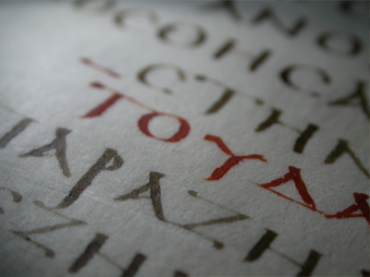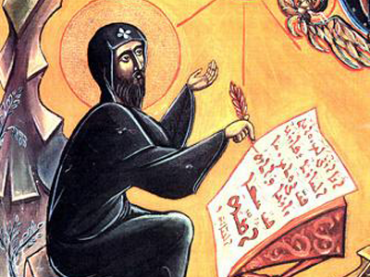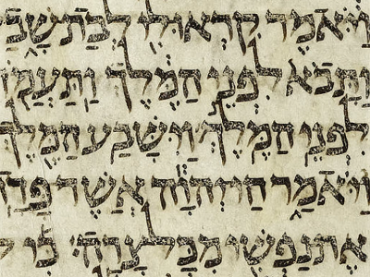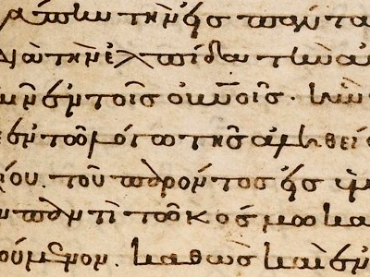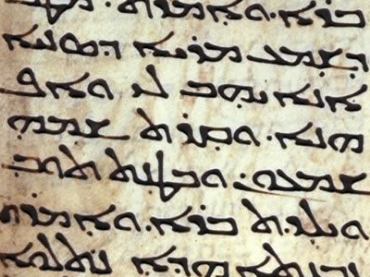Biblical Studies
Biblical Studies is the collection of sub-fields that investigates the text of the Hebrew Bible and the Greek New Testament. It is also includes broader academic sub-fields that incorporate relevant disciplines such as literary criticism, theology, textual criticism, history, and liturgy. The Gorgias Biblical Studies series publishes monographs on the history, theology, redaction and literary criticism of the biblical texts. Perspectives on Hebrew Scriptures and its Contexts deals with the study of the Hebrew Bible and Biblical Hebrew and cognate languages. Biblical Intersections explores various topics beyond theological or exclusively historical exegetical studies, including the relationship of Hebrew and Christian scripture to philosophy, sociology, anthropology, economics, cultural studies, intertextuality and literary studies.

